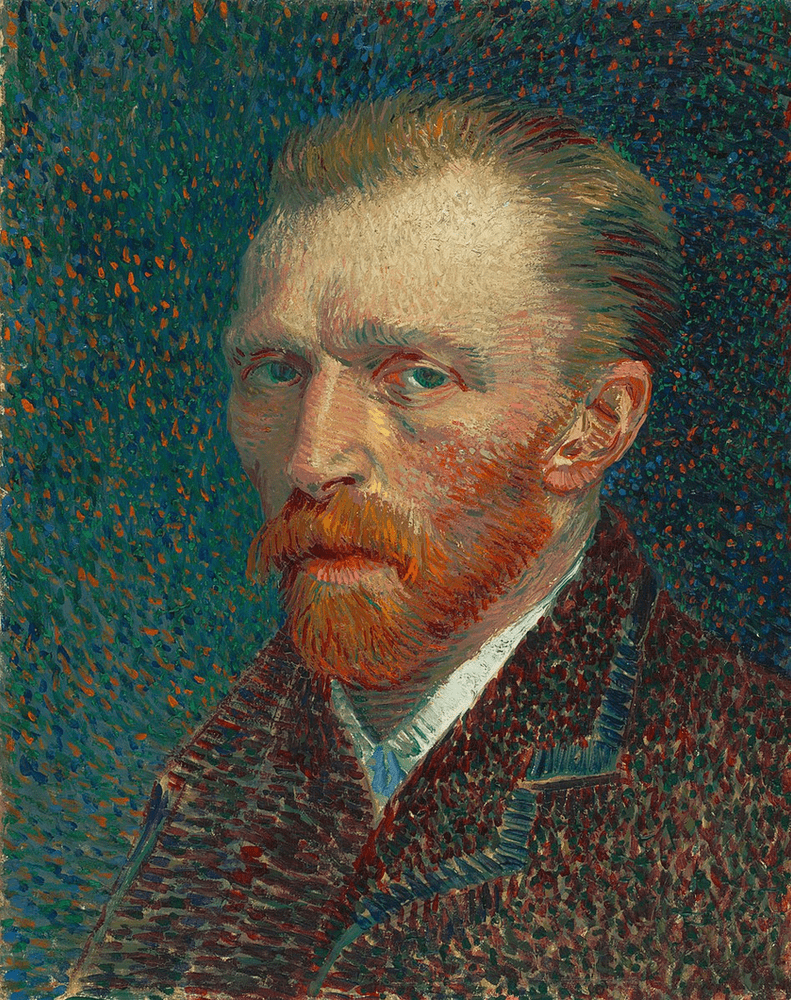Once every two years art overtakes the city of Venice. Installations, paintings, sculptures and other tangible manifestations of human imagination – ranging from the gobsmacking, bewildering, awe-inspiring, puzzling and thought provoking to the downright hilarious – spring up all over the northern Italian city. This year too there are giant ships, steel vagina blossoms, stomach churning Trump portraits, singing beach-goers, giant hands clasping each other over the water and haunting films dispersed across the city of canals.
In its wake comes throngs of visitors to take in the most talked about contemporary art from all corners of the globe. The 2017 edition saw 615,000 people, approximately the same as the population of Venice. Writer Andrea Whittle aptly christened it, ‘the Super Bowl of the art world.’
Going strong since 1895, having survived two World Wars and a takeover by Mussolini, Venice Biennale is one of the most well-known and prestigious art events in the world. More importantly, it serves to remind the true function of art in our lives – “An exhibition should open people’s eyes to previously unconsidered ways of being in the world and thus change their view of that world,” said this year’s curator of the biennale Ralph Rugoff.
2017’s theme for the biennale was Viva Arte Viva, a passionate outcry for art and the state of the artist. The organisers seem interested in carrying forward the exploration of the human condition, with 2019’s theme being, ‘May you live in interesting times.’ It is an allusion to the turmoil and crisis sweeping through the modern world while also celebrating the abundant scope for joy and connection it offers. Rugoff states that, rather than sticking to the specific theme, the art works reflect ‘the precarious aspects of existence today.’
This sentiment is aptly demonstrated by this year’s Golden Lion winner for national participation – Lithuania. It’s a performance piece where beach goers sing an opera about climate change. The piece, Sun & Sea (Marina), is created by theatre director Rugilė Barzdžiukaitė, playwright Vaiva Grainytė, and composer Lina Lapelytė. It captures with chilling accuracy the willing oblivion by which humans ignore nature’s distress calls of its destruction while focusing on our own leisure and self-interest. Barzdžiukaitė put it best when she said, “In this piece, we draw a line between the fragility of the human body and the fragility of the earth.”
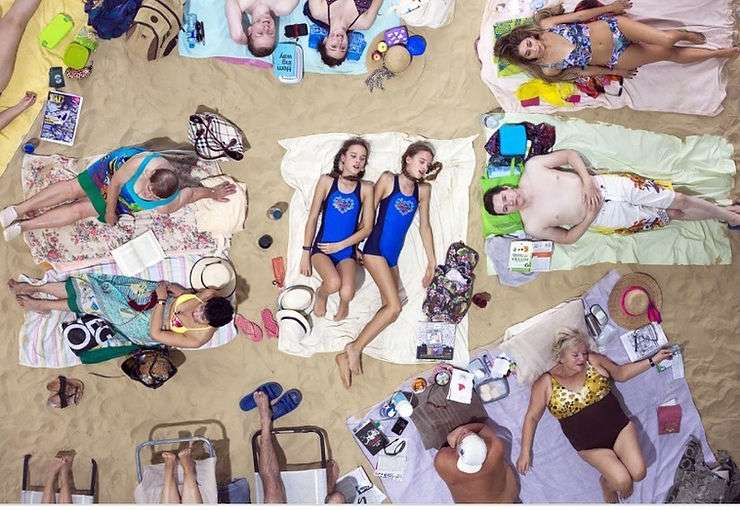
n
The other big winner is American artist Arthur Jafa, who won the Golden Lion for the best participant in the central international exhibition. Critics noted that while Jafa’s film, The White Album, “critiques a moment fraught with violence, in tenderly portraying the artist’s friends and family, it also speaks to our capacity for love.” Provocative video clips and eclectic music tracks train the lens squarely on the subject of whiteness in the film.
The countries making their debut at the Biennale are Ghana, Malaysia, Madagascar and Pakistan. Ghana’s pavilion impresses most with its curved wall architecture and breath-taking art. Videos, sculptures and an installation featuring the story of Ghana’s little-known glass factories. If there was an award for newcomer of the year, Ghana would win it.
Pakistan’s pavilion features the work of artist Naiza Khan and is curated by Zahra Khan. Titled Manora Field Notes, her project looks at the history of Pakistani island Manora which lies off the coast of Karachi. Naiza Khan has previously participated in Kochi Biennale and is thrilled to be the first representative artist from her country at the biennale. Her work will show, she says, ‘histories of maritime trade and empire.’
Not all art at the biennale wows. Some are downright crass, like Austria’s garden of vaginas. Others are well-intentioned, but misguided, like Christoph Büchel’s installation of a wrecked ship. The fishing boat sank near the Italian island of Lampedusa in 2015, killing about a thousand migrants. A tragedy of this magnitude demands a memorial, not an exhibit. Especially not one where people barely spare it a second glance while making their way to the café near which it stands. Installing this mass grave in the midst of the biennale’s celebratory spirit is stirring up its share of controversies.
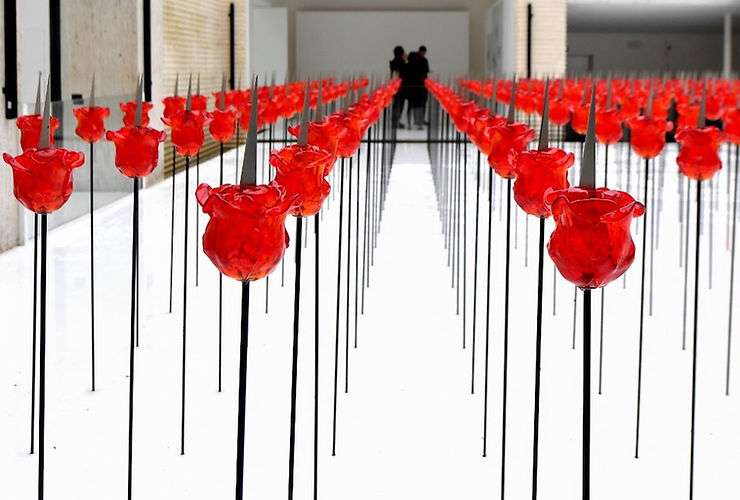
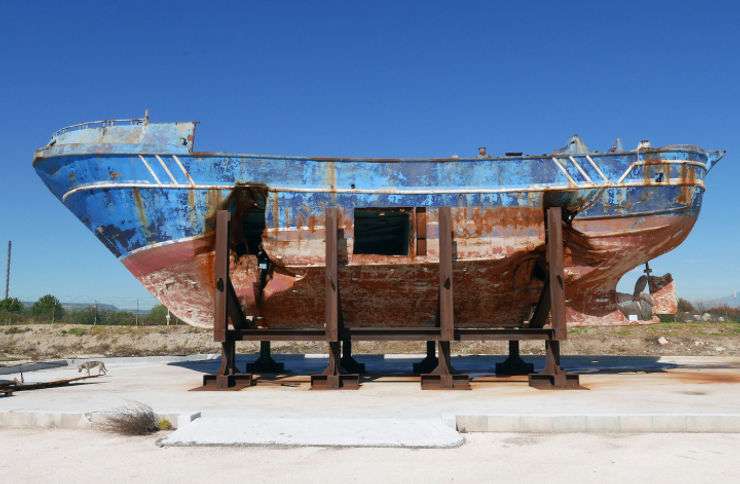
Iceland’s quirky pavilion of synthetic strands of hair has been informally christened the selfie destination of the biennale. Icelandic artist Shoplifter has created an installation made up of fluorescent coloured hair. Piles, bundles and rows of fluffiness transport you to a trippy, immersive paradise from where you’d loath to depart.
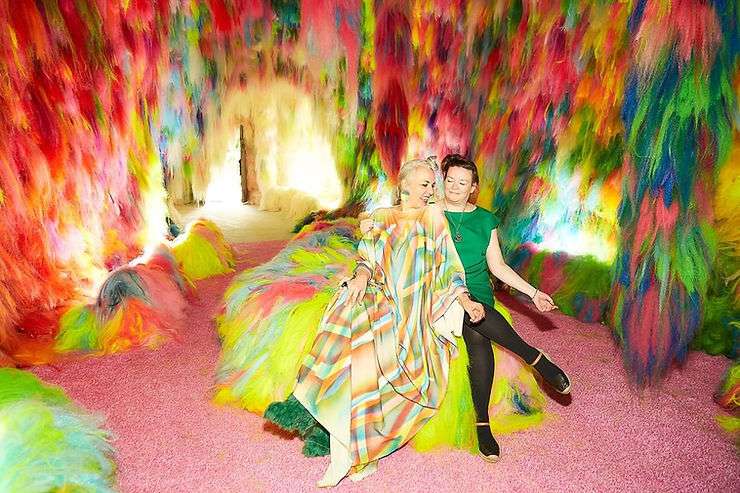
The jury awarded a special mention to Belgium. Artists Jos de Gruyter and Harald Thys have created an eerie world of mechanized puppets to reflect a whitewashed version of diversity. Titled Mondo Cane, it reveals the fantasy ideal of an old Europe that never existed but whose myth is now spreading cancerously across the continent. The hypocrisy of the nostalgia for a non-existent past holds a dark mirror to this populace’s selective amnesia.
The Silver Lion for a Promising Young Participant in the International Exhibition, May You Live In Interesting Times, was presented to Haris Epaminonda. The Cyprus born German based artist won the honour for her video titled Chimera. Individual special mentions were doled out to Mexican Teresa Margolles and Nigerian Otobong Nkanga. American artist Jimmy Durham won the Golden Lion for Lifetime Achievement award.
India is returning to the biennale after a gap of eight years and has already racked up some serious praise for its pavilion titled Our Future For A Time of Caring. Centred around Mahatma Gandhi, whose 150th birth anniversary falls this year, the art here is curated by Roobina Karode and features artists like Nandalal Bose, M.F. Hussain, Atul Dodiya, Jitish Kallat and GR Iranna among others. Recreated wooden cabinets from the Gandhi museum in Porbandar, a wall covering hundreds of wooden slippers which the Mahatma favoured in lieu of leather counterparts and the contents of a letter that he sent to Hitler just prior to World War II are among the collection paying tribute to this great soul.
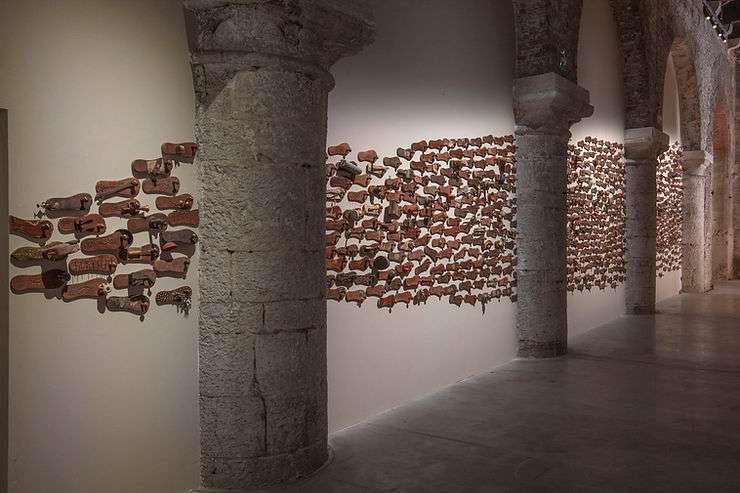
The Venice Biennale’s theme, ‘May you live in interesting times,’ is more than just a captivating catch phrase. It has a troubled history. It was first uttered by a British politician in the 1930s who claimed it was a Chinese saying, to rally support for his cause. Except that there is no such Chinese saying.
With fear, hate, division, polarisation and fake news becoming increasingly mainstream, the phrase reminds us that our digital age does not have a monopoly on tribalism. Lies and jingoism have been around forever. But the human spirit’s capacity to triumph over humanity’s worst impulses, time and again, is what gives us hope for the future despite the trying times we live in. As Dickens wrote, “It was the best of times, it was the worst of times, it was the age of wisdom, it was the age of foolishness, it was the epoch of belief, it was the epoch of incredulity, it was the season of light, it was the season of darkness, it was the spring of hope, it was the winter of despair.”



